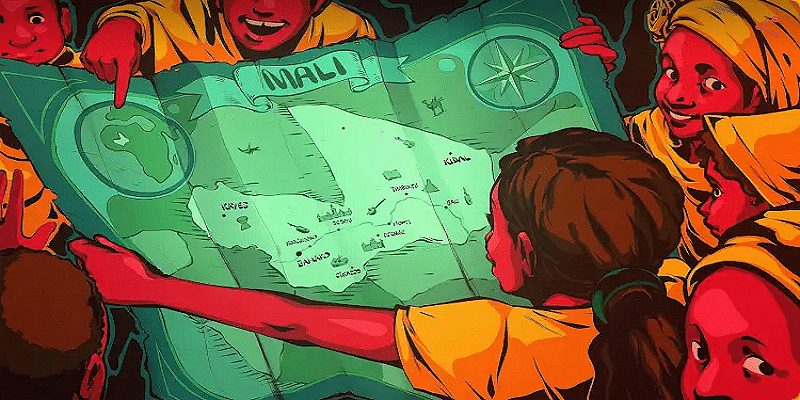Working with historians from West Africa, Google has been working to digitise contemporary, cultural, and historic locales in Mali, and the digital library went live on Google Art and Culture (GAC) on March 10th, making these things accessible for research by the world.
Known as Mali Magic, the venture has around 40,000 assets of digitised manuscript pages, a road view catch of nine legacy destinations, and a 3D model and annotated visit of the Djenne Mosqué, the biggest adobe structure on the planet, first built in the thirteenth century.
In 2015, South Africa’s Robben Island Museum was the first in Africa to build a library, followed by Kenya’s Nairobi National Museum in 2019. Nigeria’s African Artists’ Foundation, the Rele Art Gallery, and art and culture focus Terra Kulture were included in 2020, the same year as the Origins Center of South Africa’s Wits University. The expansion of content from Mali brings to about 400,000 the total number of digitised pages written by African researchers across nine centuries.
The list additionally included an original music album, Maliba, which was only made for the project by Malian vocalist and songwriter Diawara to give data about the country’s social heritage.
The library is accessible on the web, and via apps on the Google and Apple stores. Google Arts and Culture, which was launched in 2011 as a digital platform that provides fortunes, stories, and information on approximately 2,000 social institutions from 80 countries, has gradually reported on exhibition halls and heritage sites around the world.









